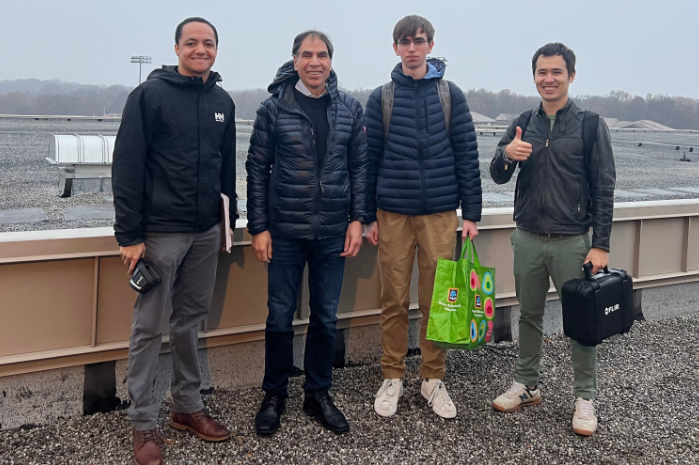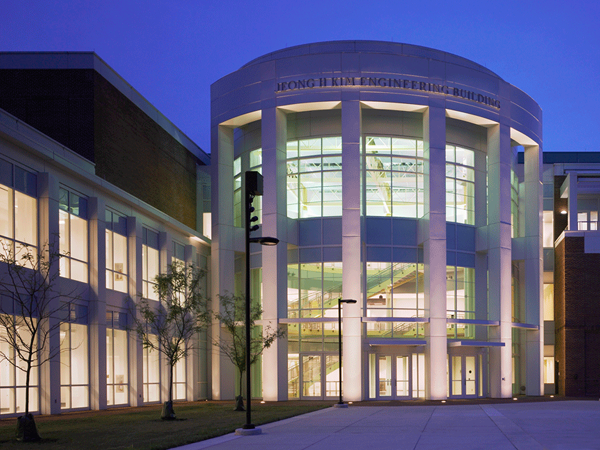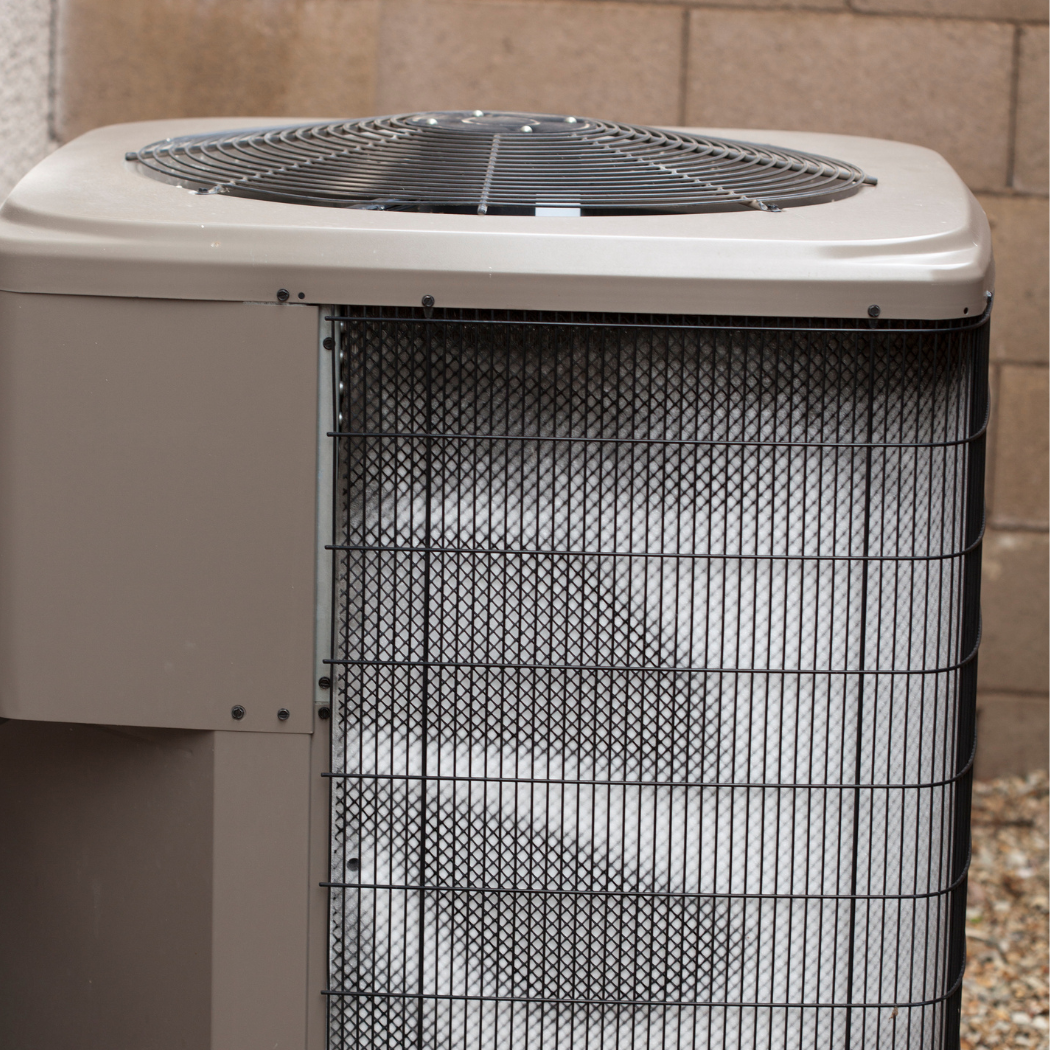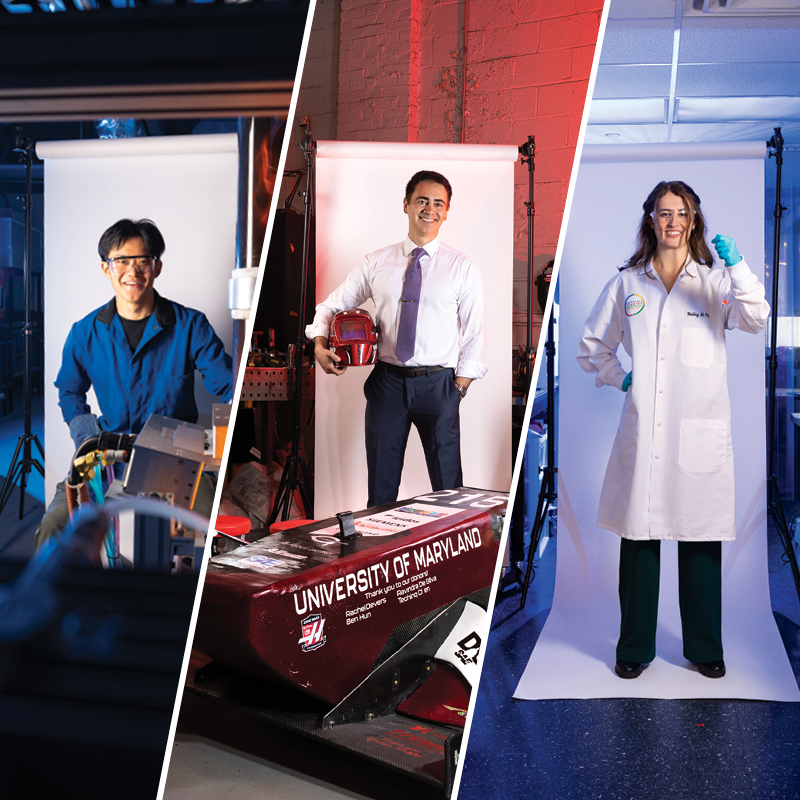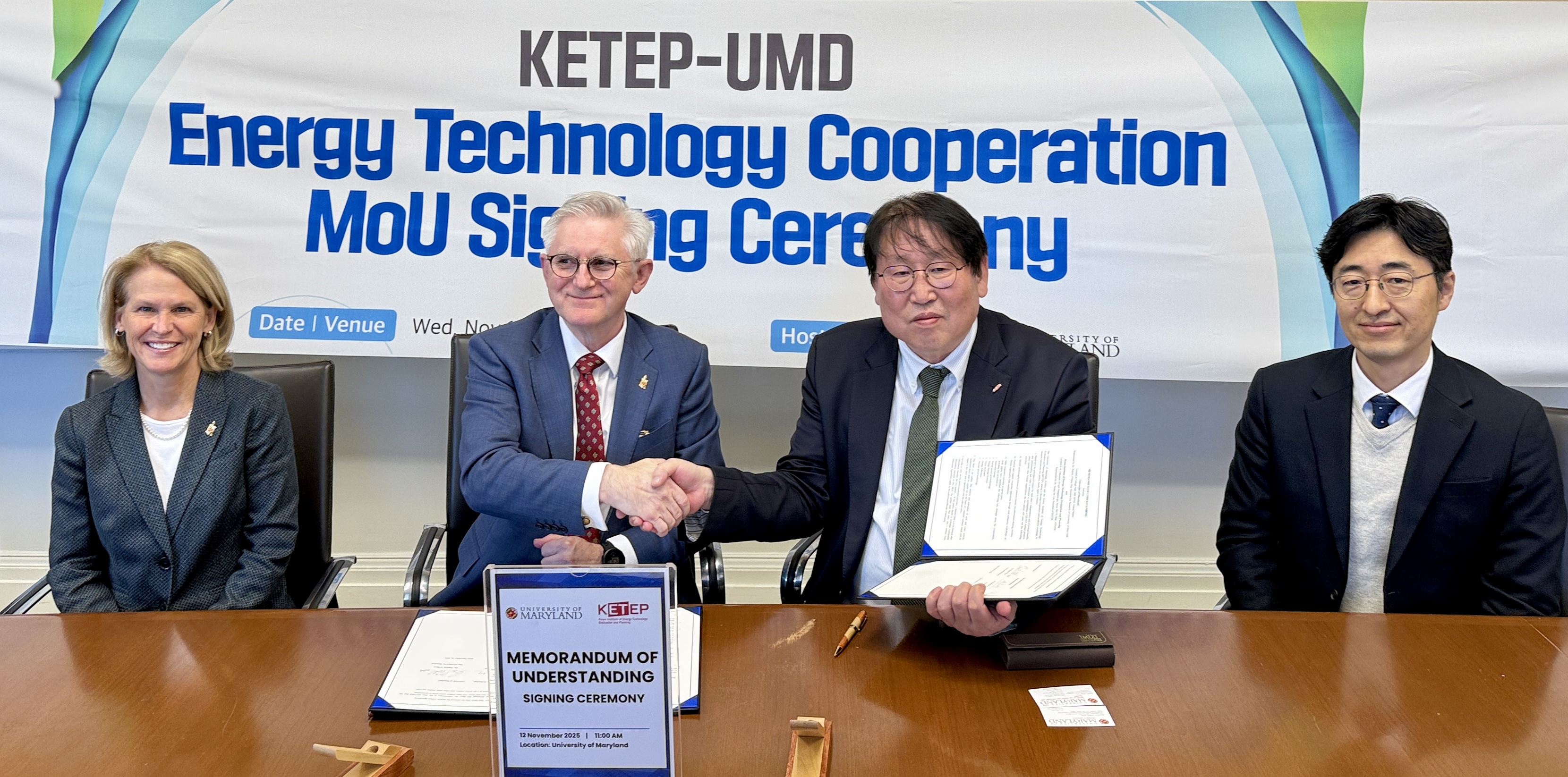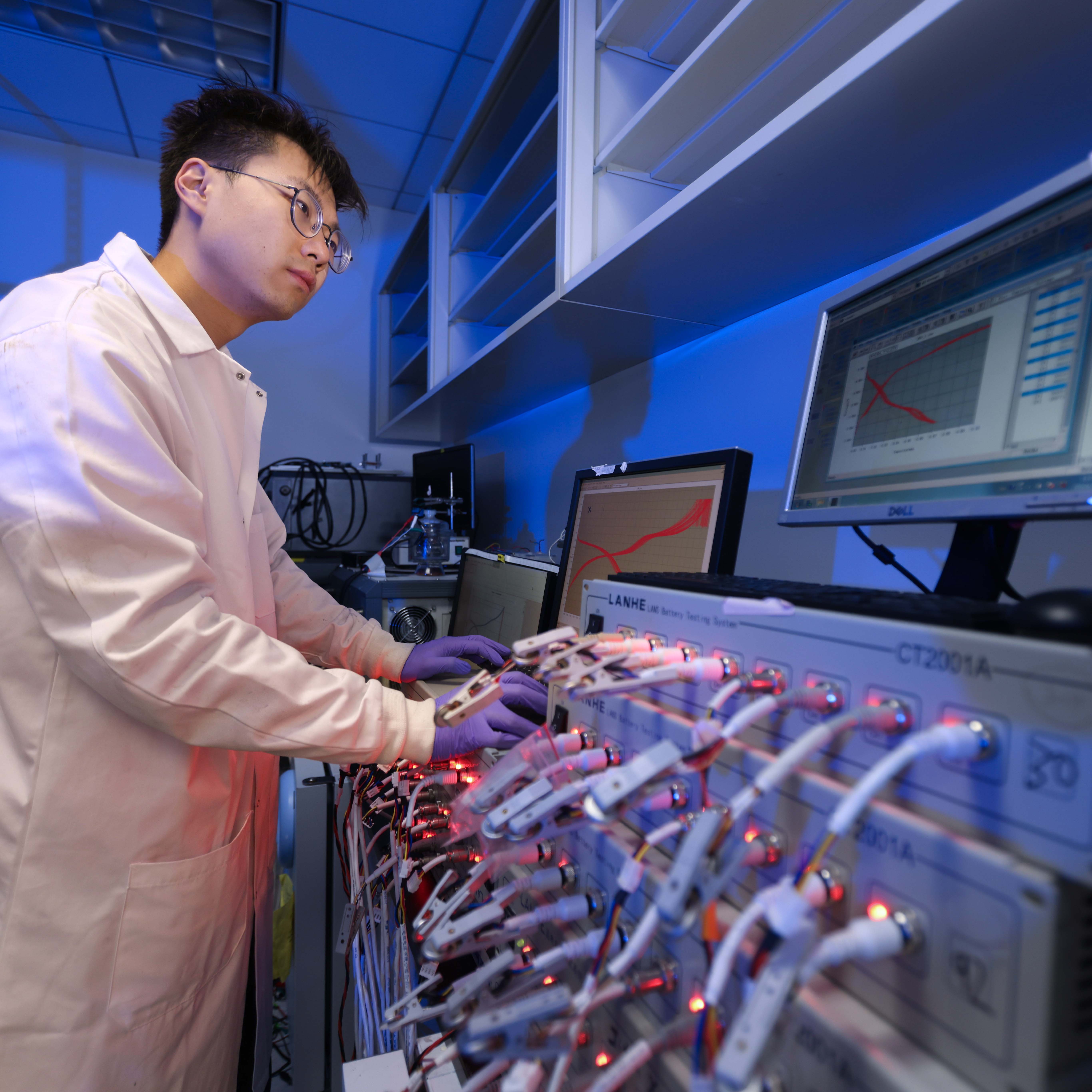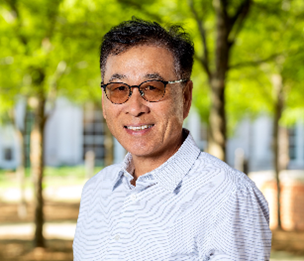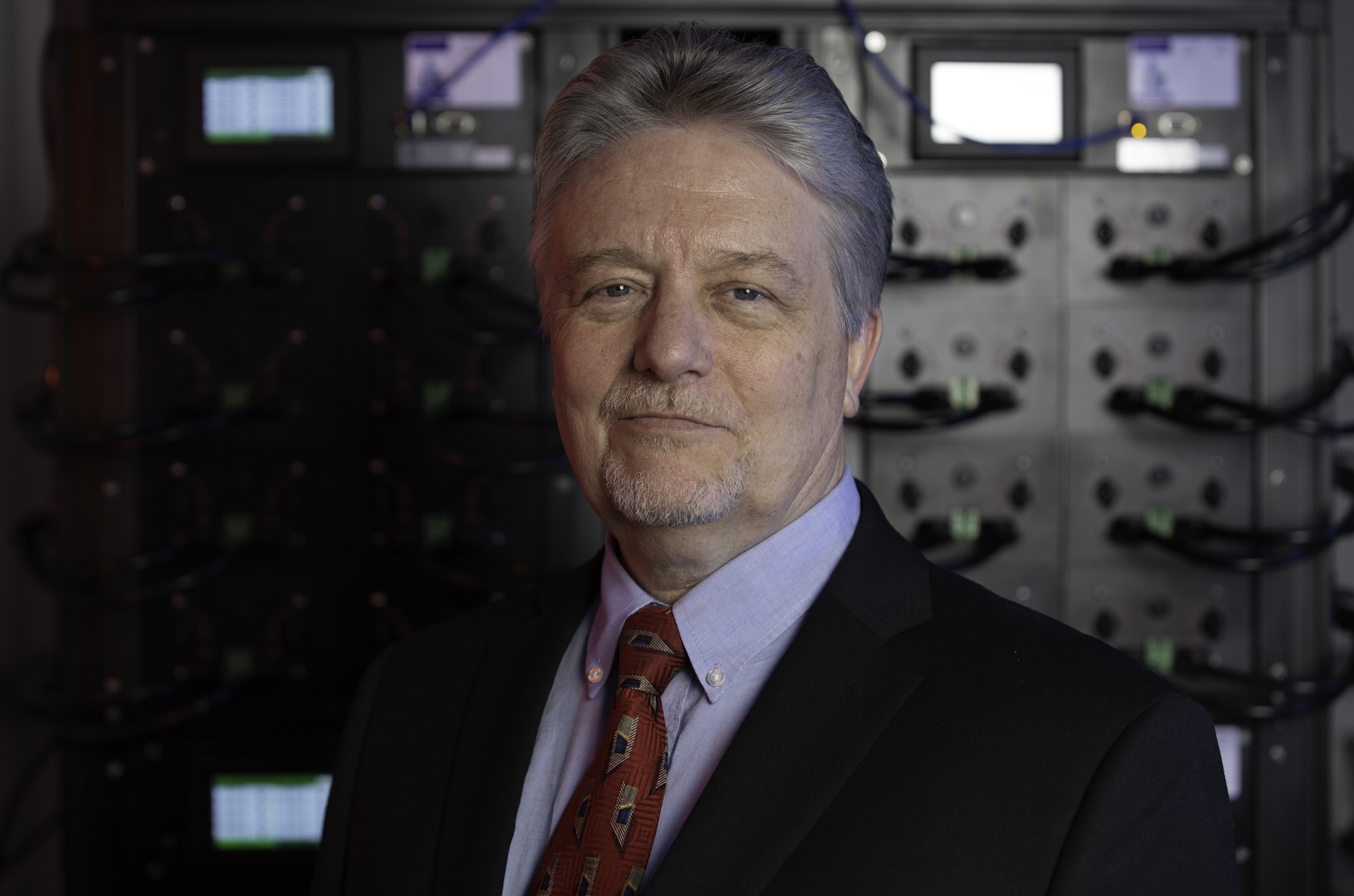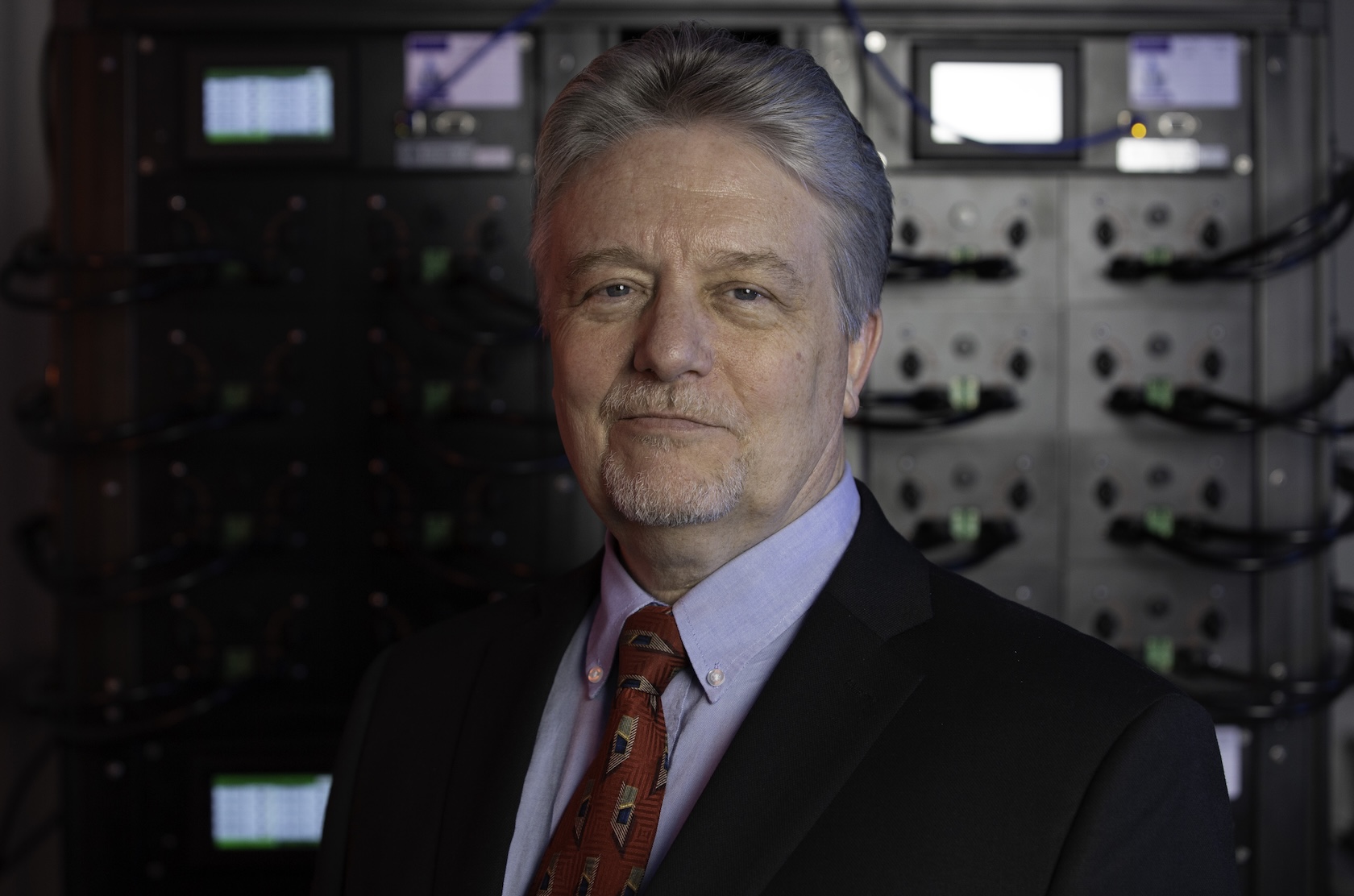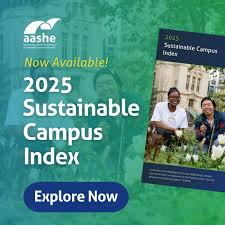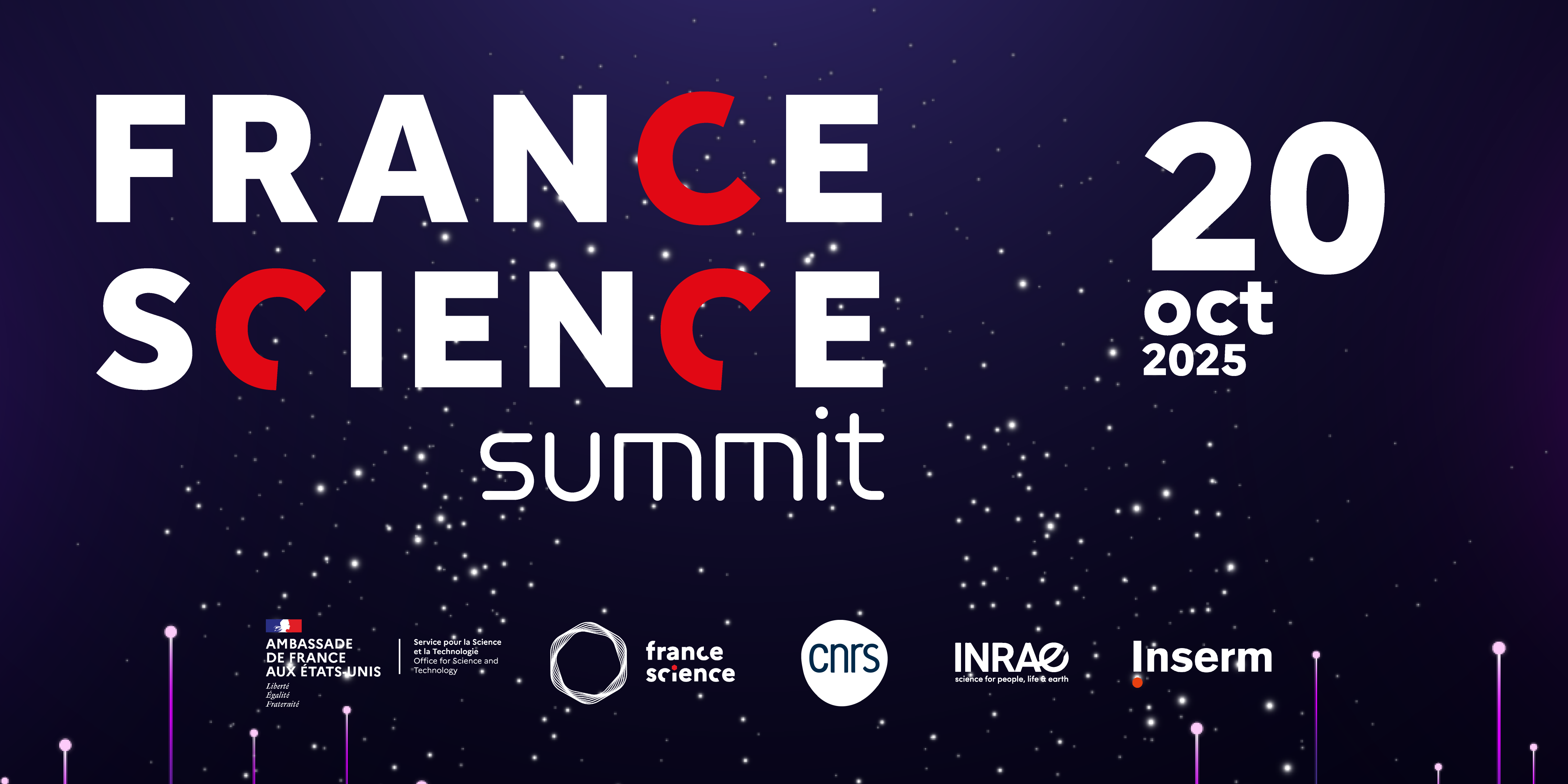News Story
CEEE Interns Present Analysis of Energy-Saving Opportunities at Two High Schools
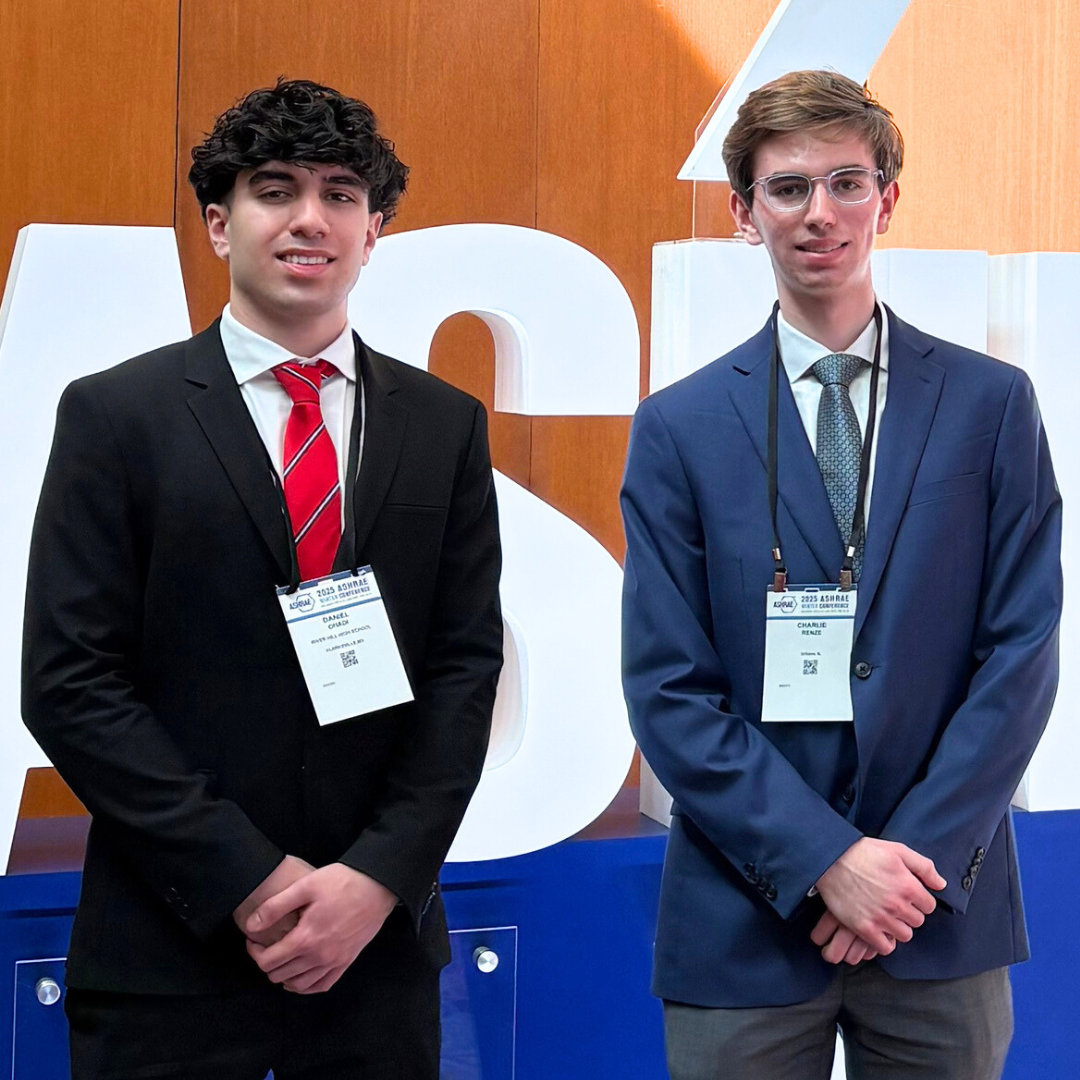
Interns Daniel Ohadi and Charlie Renze presented their research to international experts in heating, ventilation and air conditioning at the 2025 ASHRAE Winter Conference.
When most teenagers head to Orlando, Florida, their thoughts are on theme parks and thrill rides, but two UMD Center for Environmental Energy Engineering (CEEE) interns who journeyed there in February didn’t need to ride a roller coaster to feel butterflies in their stomachs and a rush of excitement. Presenting a scholarly paper to some of the world’s leading experts in heating, ventilation, air conditioning and refrigeration (HVAC&R) was nerve-racking and thrilling enough for these teens.
Charlie Renze and Daniel Ohadi teamed up to present an “Analysis of Energy-Saving Opportunities in Two Large Public High Schools” at the 2025 ASHRAE Winter Conference, an international meeting for HVAC&R professionals. Renze completed an energy analysis of his high school in 2023-24 while a senior at Eleanor Roosevelt High School in Greenbelt, Maryland, and Ohadi conducted his in fall 2024 as a senior at River Hill High School in Clarksville, Maryland. Each student worked with their respective school administration to obtain energy usage data and to get permission to conduct a thorough onsite audit that took them to parts of the building that their classmates never see.
From basement boiler rooms to rooftop condensers and other systems, the interns thoroughly inspected their schools, using measurement equipment such as infrared thermometers; temperature, humidity and air speed probes; and lighting density sensors to gather data. The high schoolers conducted the audits under the guidance of CEEE’s Smart and Small Thermal Systems (S2TS) laboratory laboratory, led by CEEE co-founder and Minta Martin Professor of Mechanical Engineering Michael Ohadi, father to intern Daniel Ohadi. Co-authors included Professor Michael Ohadi, faculty assistant Shwe Htet Htet Aung, postdoctoral researcher Felipe de Castro and Mechanical Engineering Professor Hugh Bruck, who was the direct supervisor for Daniel Ohadi.
With approximately 129,000 K-12 schools in the United States, school buildings could play a significant role in reducing the country’s overall energy usage and greenhouse gas emissions. Yet, research on the efficiency of these ubiquitous buildings is sparse. Renze’s 2023-24 energy audit uncovered several inefficiencies at his high school, which inspired Daniel Ohadi to analyze his school. “I thought it would be valuable to conduct a similar audit at another school to have a comparative analysis,” Ohadi says. “We were able to gather two distinct data points, making our findings more comprehensive.”
Their collaboration revealed several commonalities between the schools. Both buildings were operating under the baseline efficiency and could benefit from upgrades in HVAC equipment as well as operational and behavioral changes, such as adjustments to thermostat settings. The interns recommended that each school install a rooftop solar array. “My school had a large rooftop, mostly free of equipment,” Ohadi says. “We found that if solar panels were installed, it could offset all of the building’s electricity usage.” This cost analysis was fascinating for Ohadi, who plans to enroll in UMD’s Smith School of Business in fall 2025, majoring in finance, and is currently the president of the Future Business Leaders of America club at his school. “I found it interesting that you could analyze a building and find a way to save significant money, while saving the environment.”
The interns also learned some important lessons on how to prepare and present a paper. “Daniel and I realized that while we know the research inside and out, the people we're presenting it to are seeing it for the first time,” says Renze, now a freshman mechanical engineering student at the University of Illinois at Urbana-Champaign. “It's really important to keep that in mind. We needed to distill the information in a way that the attendees would take away the most essential elements.”
The teens also honed their teamwork skills. “With there being six authors, we each had different strengths that we brought,” Renze says. The interns drew on their mentors’ expertise in writing scholarly papers and their experience in conducting energy audits. Through a contract with the state of Maryland, S2TS has conducted onsite audits on over 8 million square feet of state-owned buildings since 2018 and virtual audits on more than 30 million square feet.
While S2TS has conducted extensive energy audits of the University of Maryland’s facilities, this was their first foray into auditing K-12 facilities. “Our analysis showed there’s a great opportunity for improvement in schools,” Renze says. Daniel Ohadi adds, “We hope that our findings will encourage more schools to conduct energy audits and implement efficiency measures.”
Published March 27, 2025
